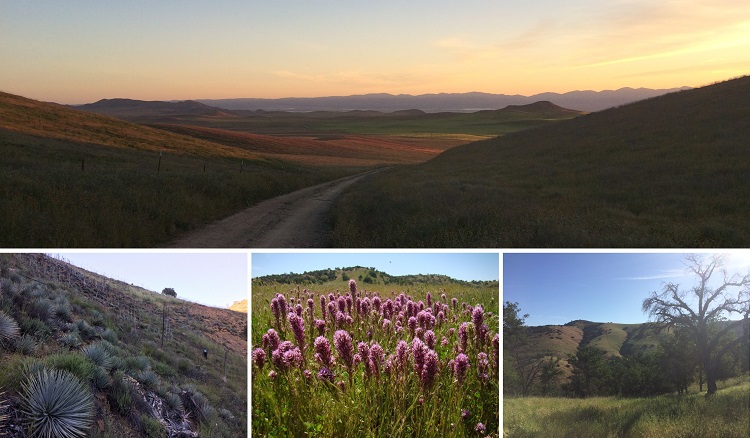
 Carrizo Plains Ecological Reserve, over 38,900 acres in size, is located in the Coast Range adjacent to Carrizo Plains National Monument. It was historically established as a cattle ranch in the 1800s and was acquired by CDFW in the early 2000s. The reserve is composed of diverse habitat such as scrubland, oak and juniper woodland, yucca slopes, and expansive annual grassland, which supports a variety of wildlife and plants, including special status species.
Carrizo Plains Ecological Reserve, over 38,900 acres in size, is located in the Coast Range adjacent to Carrizo Plains National Monument. It was historically established as a cattle ranch in the 1800s and was acquired by CDFW in the early 2000s. The reserve is composed of diverse habitat such as scrubland, oak and juniper woodland, yucca slopes, and expansive annual grassland, which supports a variety of wildlife and plants, including special status species.
With such a large reserve, one may wonder, what’s out there? A number of recurring surveys have been performed over the years to help answer this question. This year, CNDDB staff joined department biologists from the Wildlife Branch and Region 4 to conduct wildlife surveys focused on reptiles and amphibians.
A few creeks run through the reserve with man-made ponds along the drainages. Western pond turtles, western spadefoots, western toads, and chorus frogs have made these waterways and ponds their home. We surveyed the ponds for western pond turtles and western spadefoot, which are both California Species of Special Concern and tracked by the CNDDB.

Large pond along Barrett Creek (left). Spadefoot tadpole (center). Spot the turtle: an adult basking (right)
Over 250 coverboards were placed throughout the reserve in order to capture and record terrestrial herps that occur in the different habitat types. We often found nothing, but with a bit of luck, flipping the boards can reveal snakes, lizards or even small mammals sheltering underneath. Of course, watch out for rattlesnakes!

A coverboard nestled in grass (left). A side-blotched lizard (center) was found this year and small rattlesnake (right) in 2017.
The Carrizo Plain Ecological Reserve is one of 749 CDFW-owned lands throughout the state, and forms part of an important network of reserves and public land in the Carrizo Plain area. The Carrizo Plain is the largest intact native grassland left in California, and the 250,000 acres of public land in this area allow wildlife to range freely and make use of a diversity of habitat types.

Some other animals found on the reserve: elk, golden eagle, great horned owl, mountain lion